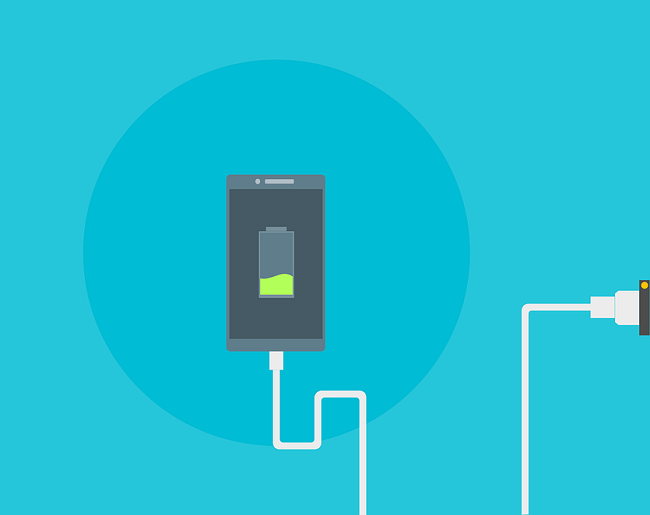You may be able to use your smartphone for double the time as early as 2017 with new tech.
Smartphone tech is moving forward at a lightning speed but mobile battery technology has not managed to keep up. Our phones are an increasingly important and central part of our daily lives. For this reason, they are becoming faster, more powerful and with higher resolution displays. Those features require energy.
Unfortunately, the amount of energy they require is too much for the average smartphone battery life.
Among the main struggles faced by smartphone owners is the need for a better phone battery. Mobile battery technology is falling short of an average user’s usage requirements. As smartphones become more awesome, they are consuming a larger amount of juice in a smaller amount of time. The phone lithium-ion batteries have not increased in capacity at the same rate as phones have increased in need.
 However, new technology under development by SolidEnergy Systems may have the potential to change that. The company has been focused on improving drone battery life, but this tech could also have other applications – smartphones, for example.
However, new technology under development by SolidEnergy Systems may have the potential to change that. The company has been focused on improving drone battery life, but this tech could also have other applications – smartphones, for example.
This mobile battery technology uses lithium metal foil anodes instead of using graphite.
The foil makes a considerable difference. Today’s mobile battery graphite anodes are considerably thicker. In fact, the foil is only 20 percent the thickness of the anodes made from graphite. This is important because it gives batteries more physical space for improving capacity.
SolidEnergy CEO Qichao Hu said this difference will let tomorrow’s batteries hold twice the capacity. Said simply: batteries will be able to fit much more power into the same amount of space. Hu explained that this means twice the capacity in the same physical size battery or the same capacity in a half-size battery.
Moreover, SolidEnergy isn’t just working on a concept anymore. Its prototype battery was unveiled last year. At that time, the prototype was already half the physical size of the battery in an iPhone 6. Yet, it had a 2.0 amp hours capacity. The iPhone 6 battery has a 1.8 amp hours capacity. Therefore, in half the physical space, the mobile battery technology already offered more than twice the capacity.

